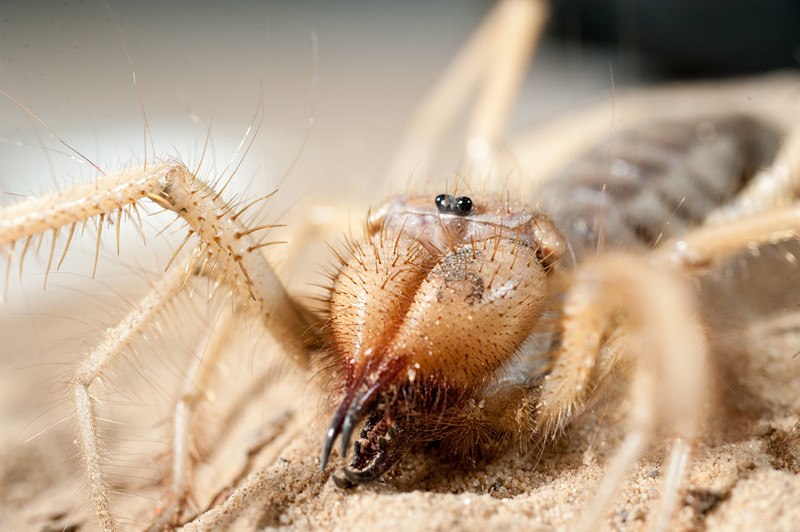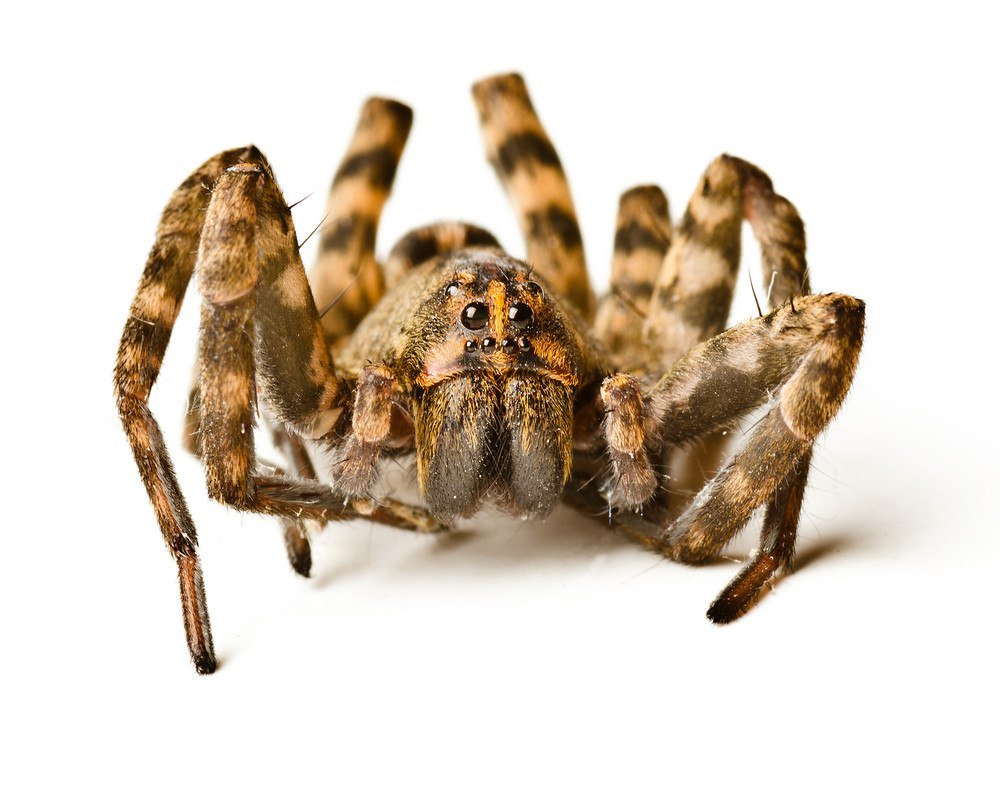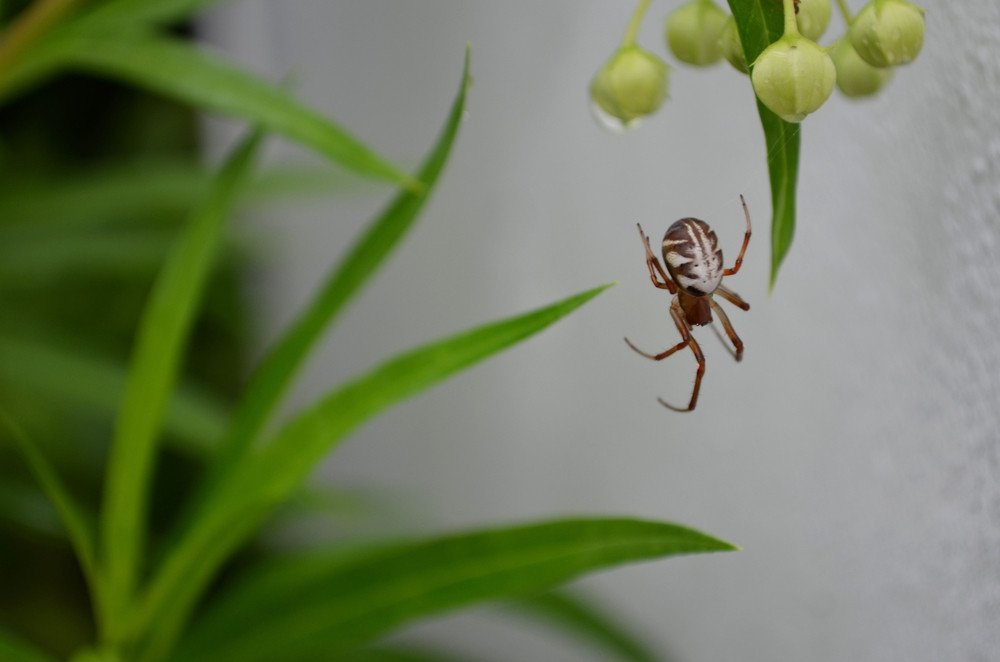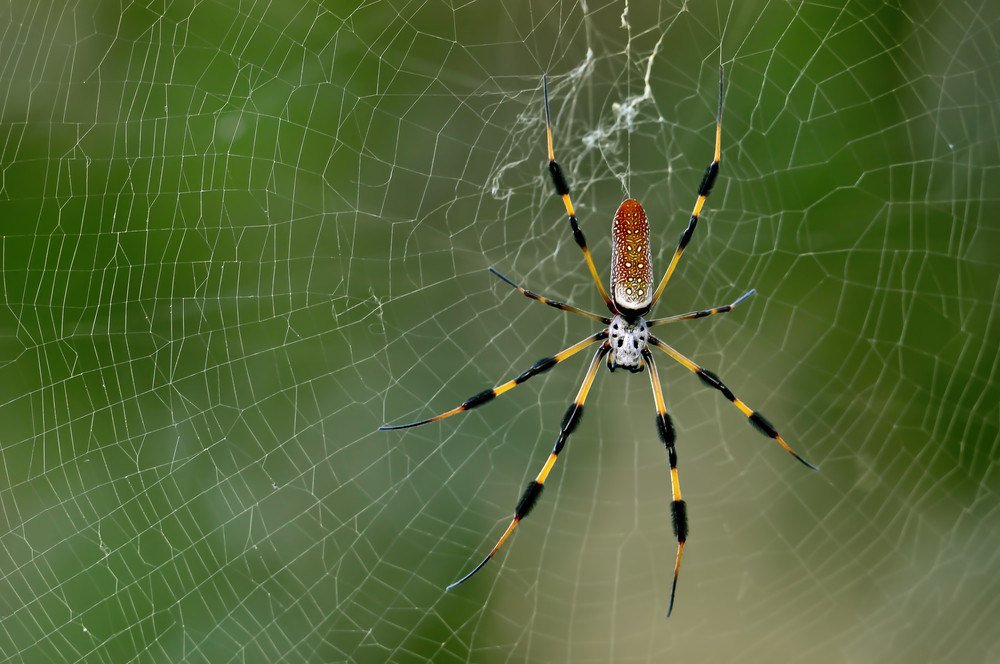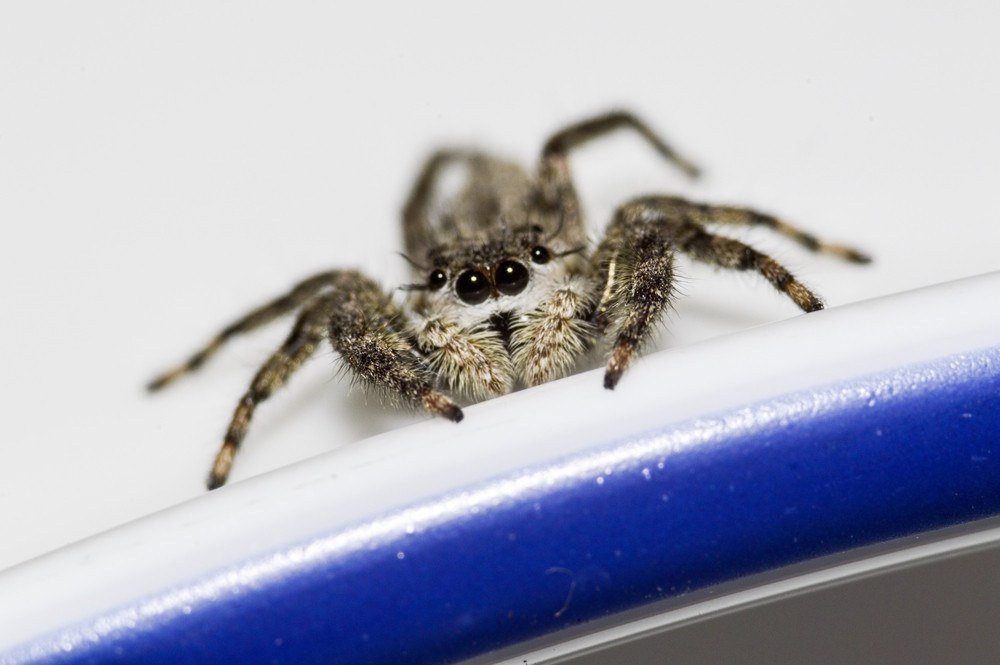Brown recluse spiders are a potential danger to humans, especially people who have a weakened immune system, are elderly or are children. Rumors suggest that the brown recluse has now made its way into California, but is it true?
We’re going to debunk the rumors and learn a lot more about the characteristics, habits and facts behind the brown recluse.
Basic Information About the Brown Recluse Spider
Brown recluse spiders have very distinct colors, and patterns and they can be a sort of dull yellow color to dark brown in color. You’ll find that the younger spiders will have a lighter color than the adults. And when you view the brown recluse spider up close, you’ll find that it has a dark violin pattern on the dorsum.

